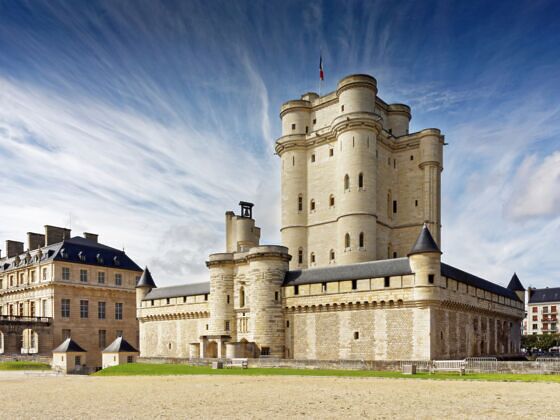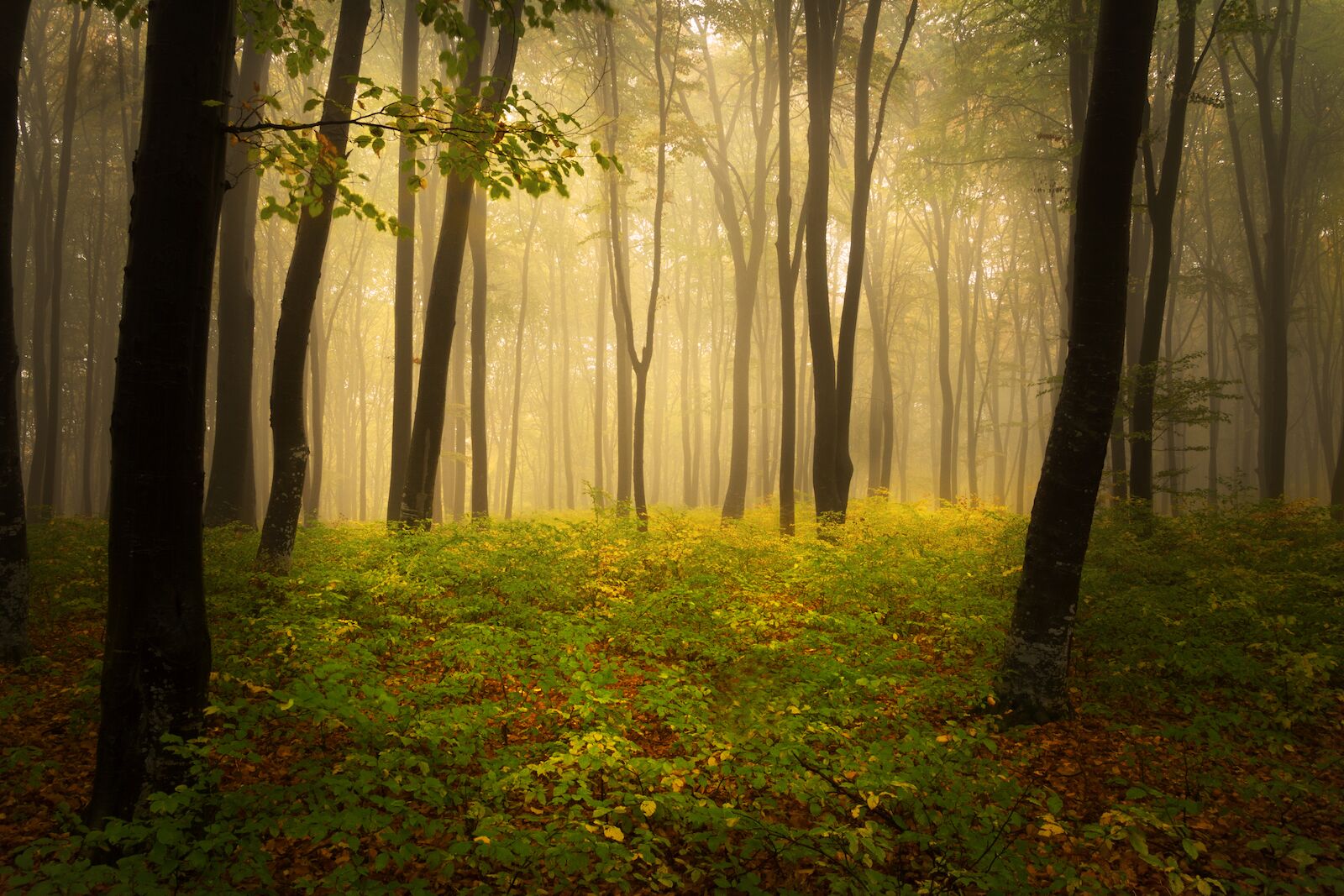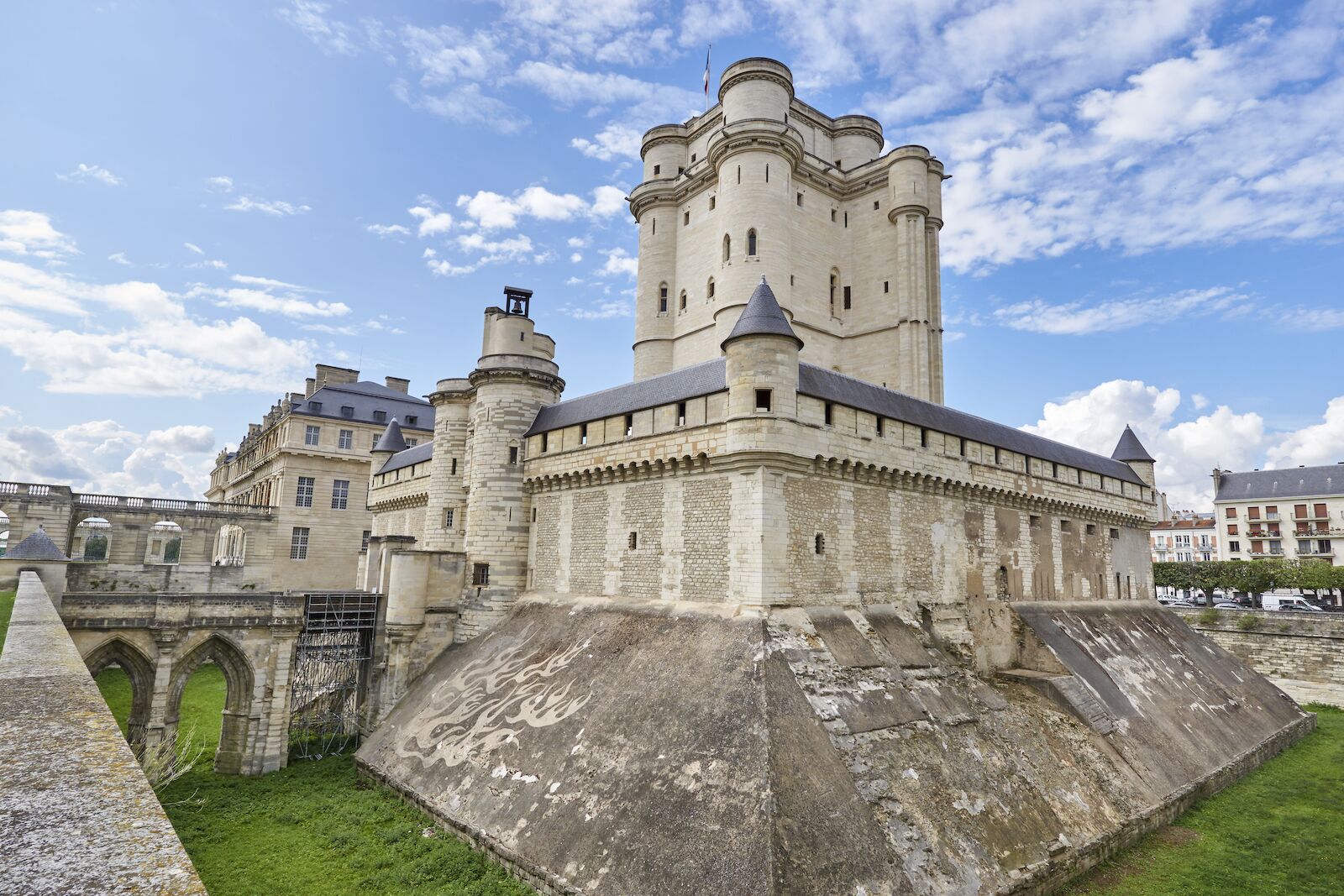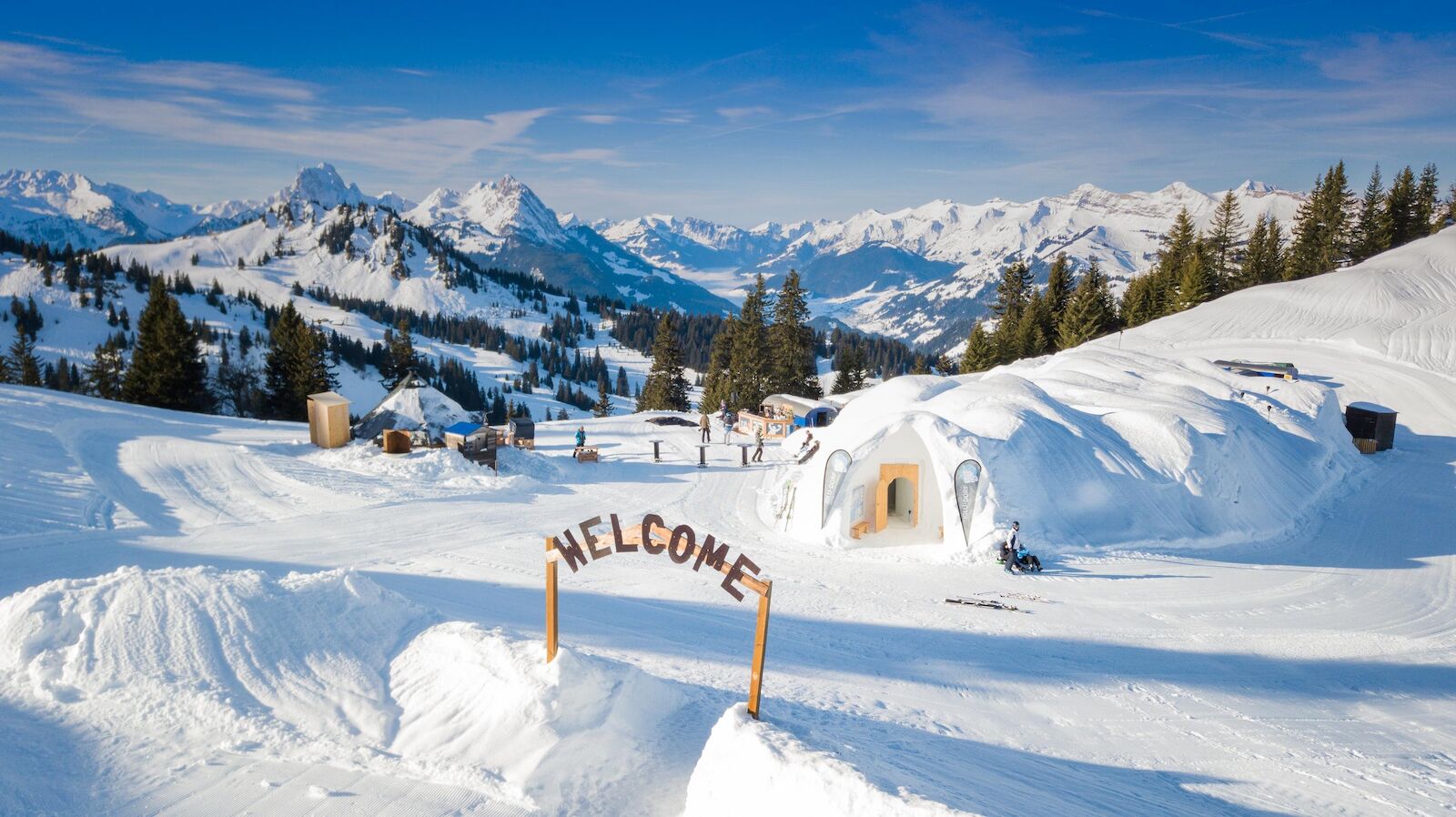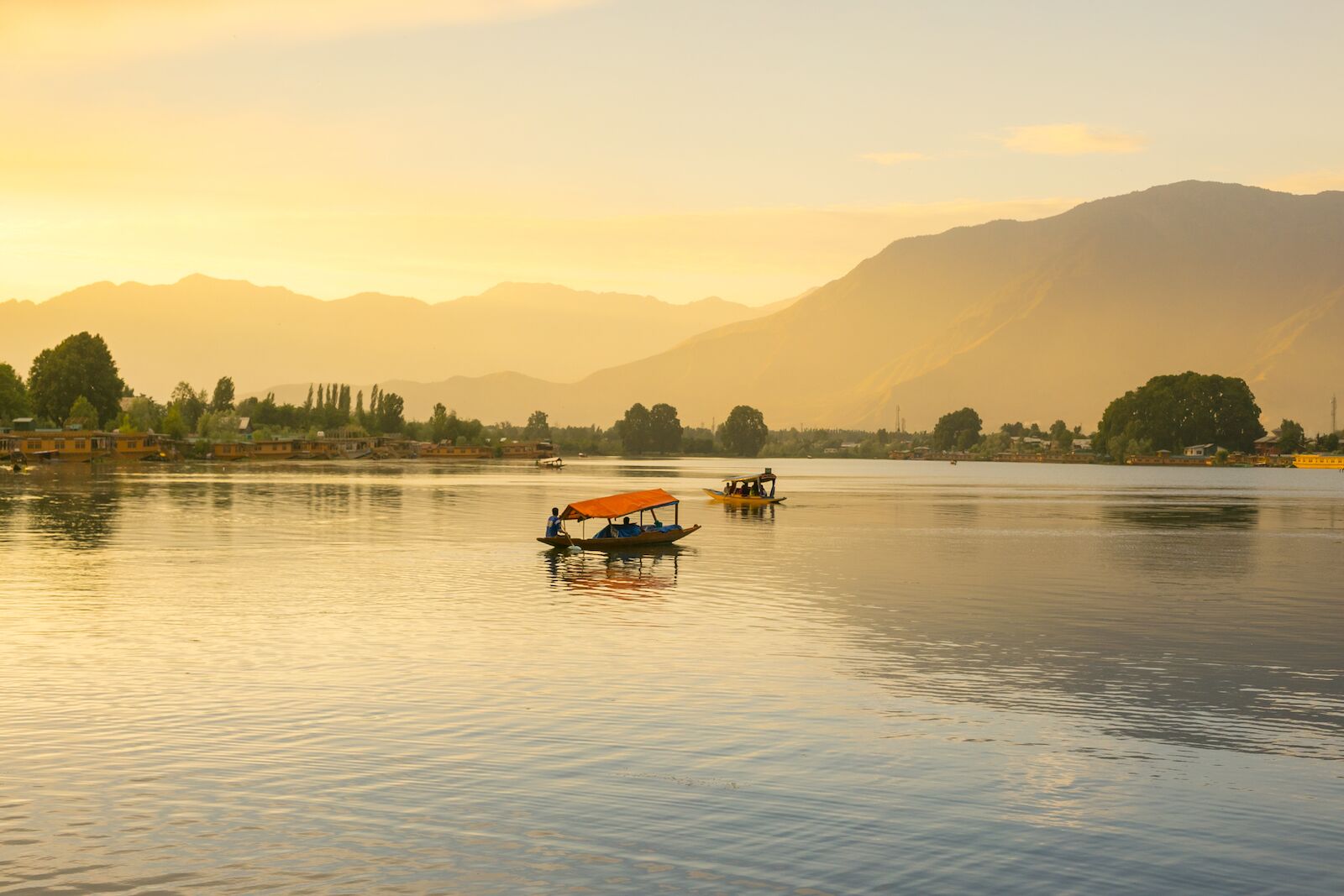The greatest tales are so universal that you can relish the dramatic plot-twists, fiery characters, and profound themes from anywhere in the world. But that doesn’t mean they were hatched out of nothing. It’s instructive, not to mention fascinating, to delve into the places that spawned them.
I’ve made doing so a life-long habit by camping in Ithaka beside the palace ruins of Odysseus, walking in the footsteps of the Icelandic Sagas, and crossing Afghanistan in the wake of a medieval poet. Recently, I traveled around the locations that fairy tales originated and found that many of the places where the tellers lived, loved, and suffered can light up those stories, allowing us to see them anew.
These five places are where you can do the same.
